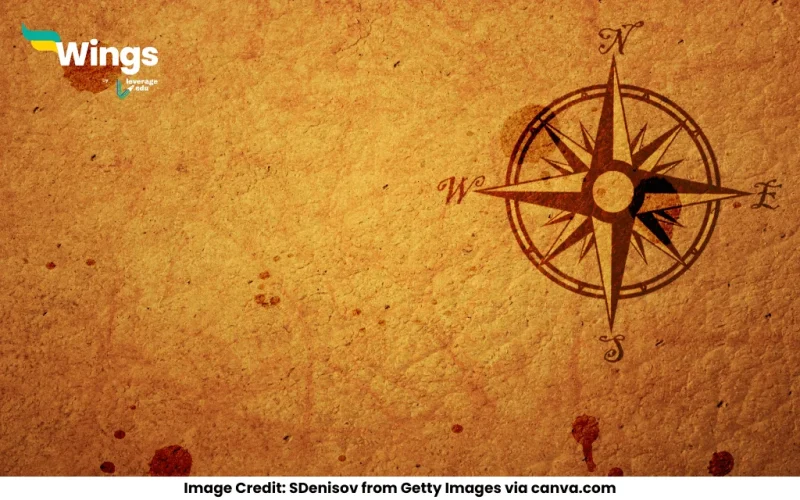Distance is a fundamental component of a map that represents the spatial relationship between two locations. It helps users understand how far apart places are in the real world by translating actual distances onto a two-dimensional surface using a specific scale. Understanding distance is crucial for navigation, urban planning, geography studies, and everyday activities like travel and logistics.
The Importance of Distance on a Map
Maps serve as essential tools for navigation, planning, and analysis. Whether it’s a road map, topographic map, or digital GPS-based map, knowing the distance between locations aids in decision-making. Travelers can estimate travel time, businesses can determine logistical routes, and urban developers can plan infrastructure efficiently. Without an accurate representation of distance, maps would lose their practical utility.
How Distance is Represented on a Map
Distance is typically represented on a map through the use of a scale, which converts real-world measurements into map distances. A map scale can be presented in different ways:
- Ratio Scale – Expressed as a fraction or ratio (e.g., 1:50,000), indicating that one unit on the map represents 50,000 units in reality.
- Graphic Scale (Bar Scale) – A visual bar that shows corresponding distances in real-world units, making it easier to measure distances without calculations.
- Verbal Scale – A written statement such as “One inch equals five miles,” which directly describes the relationship between map and real-world distances.
Factors Affecting Distance Representation
Several factors influence how distance is portrayed on a map, including:
- Map Projection: Different projections can distort distances, especially on world maps, where the scale varies between regions.
- Topography: Some maps, such as topographic maps, represent elevation changes, which can affect perceived distance.
- Accuracy of Scale: The precision of the map’s scale determines how accurately distances can be measured.
Measuring Distance on a Map
A ruler, string, or digital tool can be used to trace a route on a map to measure distance. For straight-line distances, a simple measurement along the scale suffices. However, for curved or irregular routes, a string or specialised mapping software helps calculate the actual path distance.
Understanding distance on a map is essential for navigation, planning, and spatial analysis. Whether for travel, logistics, or urban development, accurate distance representation ensures maps remain reliable tools for interpreting and interacting with geographic spaces.
Common Doubts
 60,000+ students trusted us with their dreams. Take the first step today!
60,000+ students trusted us with their dreams. Take the first step today!


 One app for all your study abroad needs
One app for all your study abroad needs










